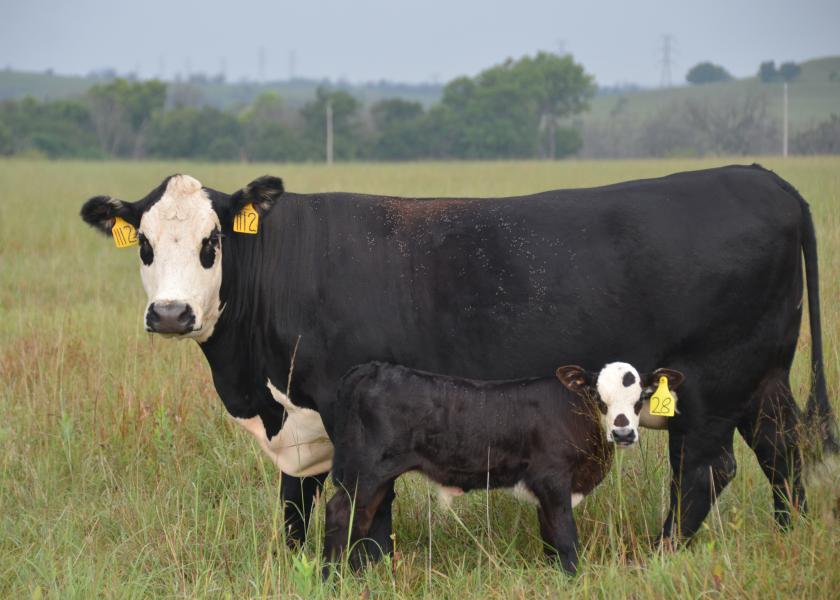Nalivka: Will We See Remarkable Change In The Beef Industry?

As I began to write about the bottleneck in the packing-processing sector of the beef industry and how that may impact the markets going forward, I reread my article from April 18 and realized my comments today would be about the same as those I made a month ago. At least in my analysis of that situation, there is some consistency in this volatile time. One statement in that regard – the “meat shortage” is short-term until we get plants back to some semblance of normal operations. And, I realize that won’t be a simple turn-the-switch-on situation. Second, the abundant available cattle supply didn’t go anywhere and the cattle are still gaining.
One conversation that I have had repeatedly since mid-April is how much the industry will change as a result of COVID-19. And, I have probably written about that, too. To begin, there is a disparity in prices across the supply chain, and I have had that discussion many times over the past several weeks.
In these unprecedented times, I am not sure if anyone can reconcile much of the pricing in the market. I certainly can’t provide a very good explanation of the basis between live cattle futures and market fundamentals. I would offer one comment regarding how to “fix” the market – be careful what you wish for.
Going back to what will change with the supply chain in terms of operations – at least in the short-term, I would expect that COVID-19 protocol will remain in place in packing plants. The question becomes whether higher costs associated with production slowdowns can be accommodated over the long-term. The short answer is no, but there will be permanent change whatever that might entail.
For ranchers and cow herds - I believe there are a couple of important lessons toward risk management going forward in the face of the issues brought on by COVID-19. I have said more than once, but, ranchers have to move ahead of this current market environment and think about how to generate the most value from this year’s calf crop while at the same time, doing a complete cost analysis of your operation. You have probably heard that a hundred times, but at the end of the day you still know more about managing your business than the Congress and government agencies.
Related stories:
Bottleneck Eases, Wholesale Beef Marches Higher







